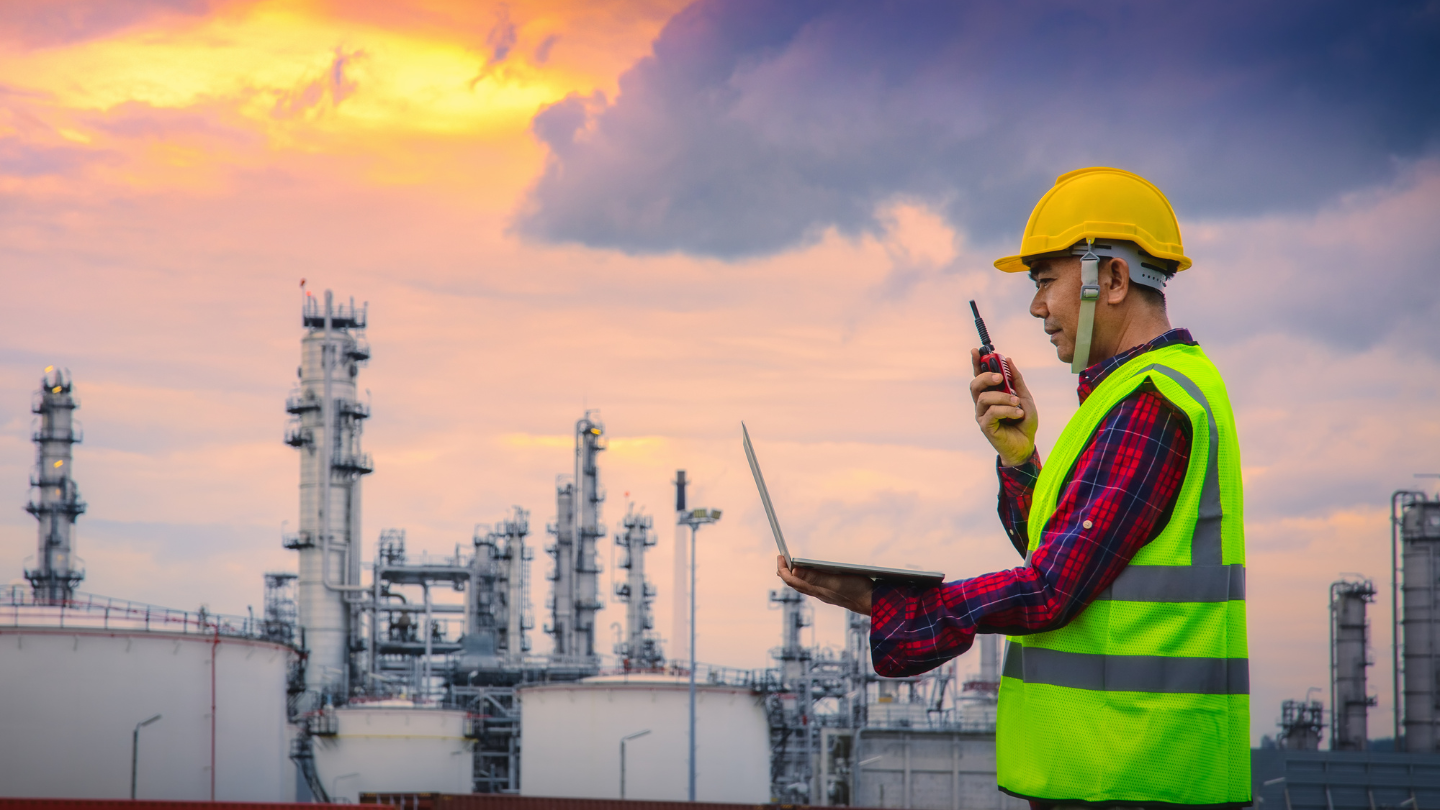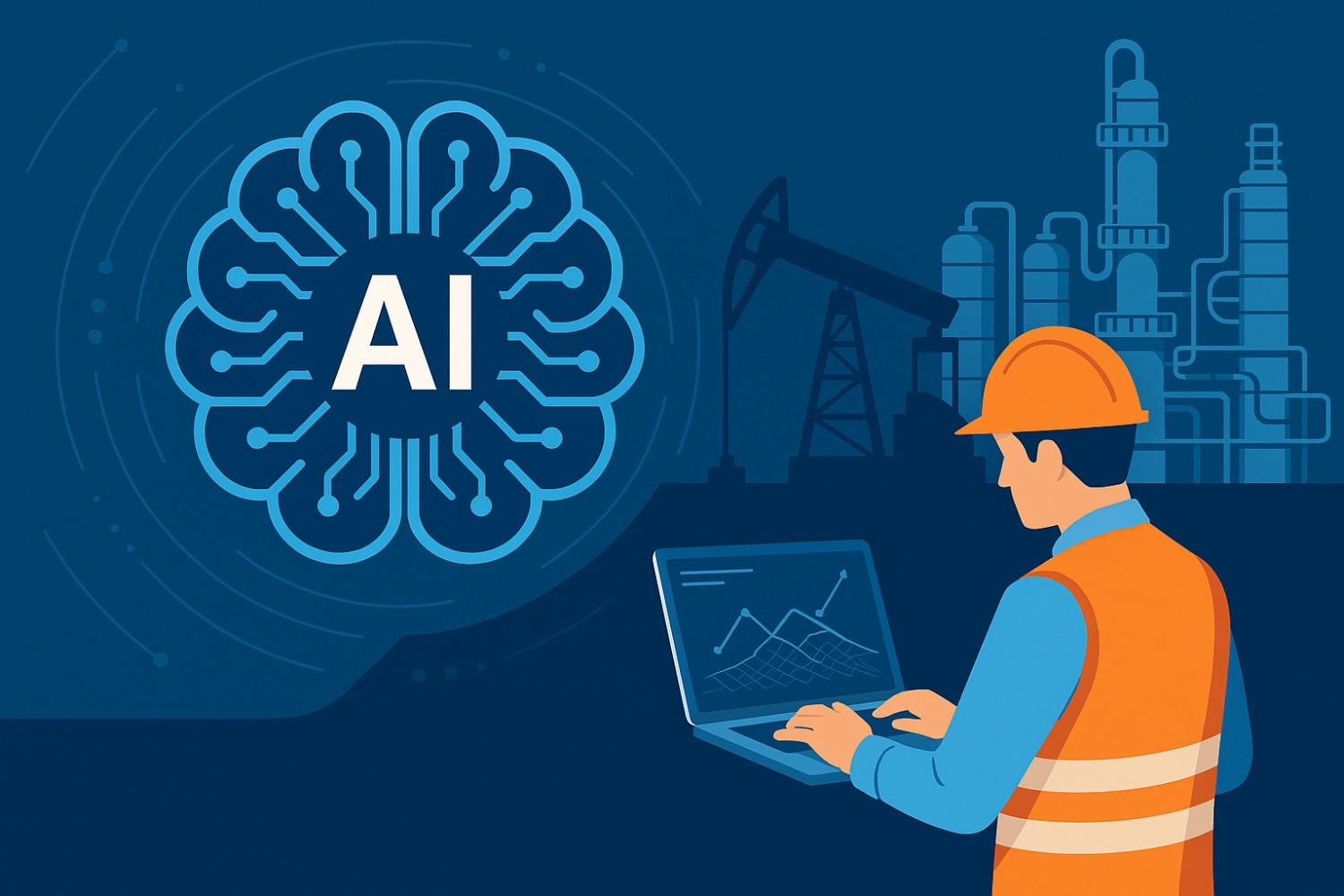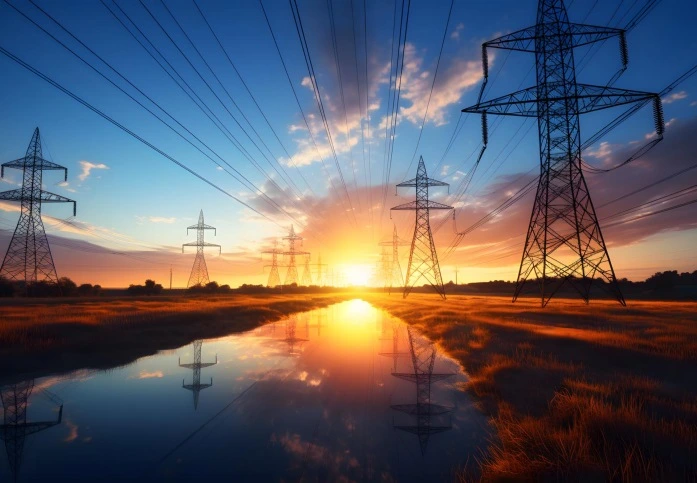How Industrial Service Providers Are Increasing Operational Efficiency With Remote Monitoring

Industrial service providers face growing pressure to maintain high uptime, reduce costs, and meet strict safety and regulatory standards. By integrating industrial remote monitoring into their operations, companies gain continuous visibility into asset health, performance, and environmental conditions. This live insight replaces periodic inspections with data-driven workflows, cutting unplanned downtime and enabling faster decision-making. In … How Industrial Service Providers Are Increasing Operational Efficiency With Remote Monitoring








